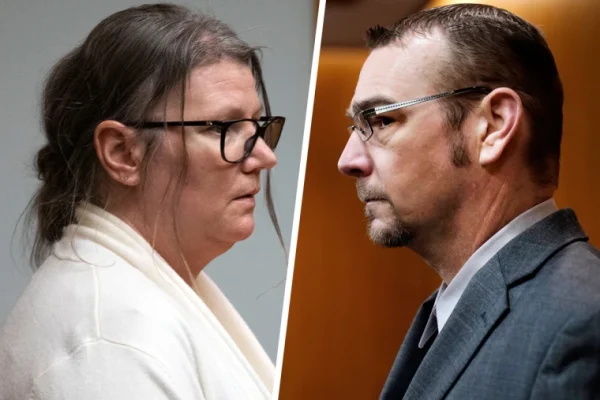Concussion Protocols

December 31, 2015
As the intensity of sports increases, so does the risk of injury. The National Football League (NFL) has noticed the increased risk, and has a plan to combat permanent injury to players. During the 2014-2015 NFL season, 108 players suffered concussions. It has been shown that certain positions are more likely to get a concussion than other positions are. From the looks of it, defensive players are the most likely to suffer from a concussion. Fifty-five of the 108 concussions suffered in the 2015 NFL season were from defensive players. With all the concussion that occurred last season, the NFL medical staff has decided to evaluate the concussion protocol, and try to repair the holes in the system.
On December 2, 2012, Jovan Belcher, a Kansas City Chiefs player, made the choice to take the life of his girlfriend, and later that night took his own. They left behind a 3-month old daughter. Two weeks prior to this outburst, Belcher suffered severe head trauma, and a serious concussion during a Sunday night football game. Authorities have since said the unusual behavior was due to lack of proper care for a head injury, which caused manic episodes of anger or sadness. Belcher just so happened to be a defensive player. Due to this reports, which is just one among many, of players acting different after suffering any type of head injury, the NFL has taken action to protect players.
The 2016 football season is the first in which the new concussion protocol has been put into place. If a player seems to have suffered any type of trauma to the head or neck, the player is immediately removed from the field. After a few routine questions, and a couple minutes observation by the team medical staff, if a player shows any signs of dizziness or disorientation, the player is moved to the locker room and immediately falls under concussion protocol. The first step is to remove the player from all activity, and take a scan of the player’s head. The scan is then compared to the scans taken at the beginning of the season. Depending on the results of the scans, the rest of the protocol plan is carefully planned, and is different for every player.
Through the years, concussions have been taken more seriously. Ten years ago, if a player sustained a concussion, he sat out for two weeks, and then went right back to playing. The new protocol has been put in place to help prevent players from getting severe head trauma, and prevent any serious issues from recurring later in life.












